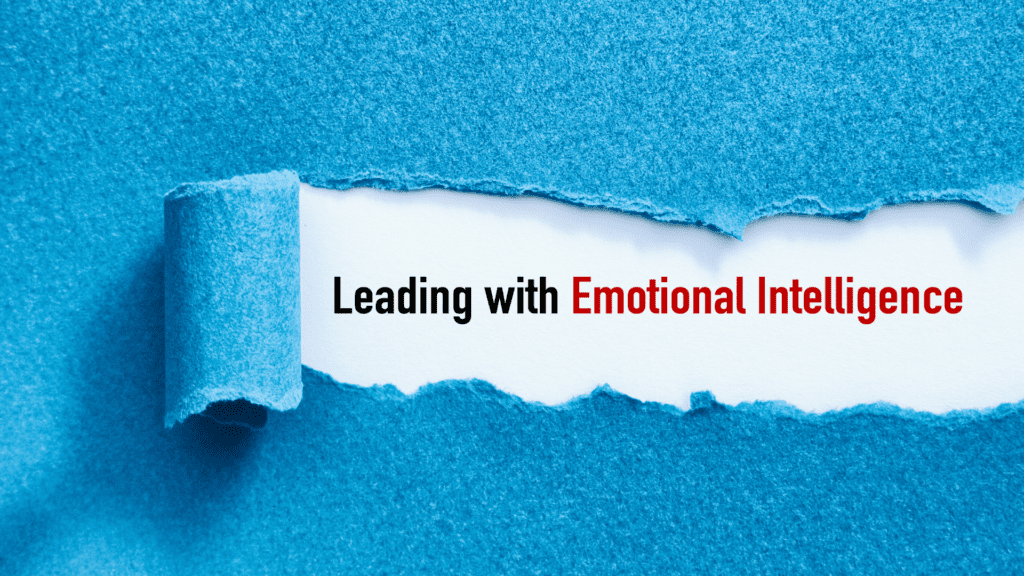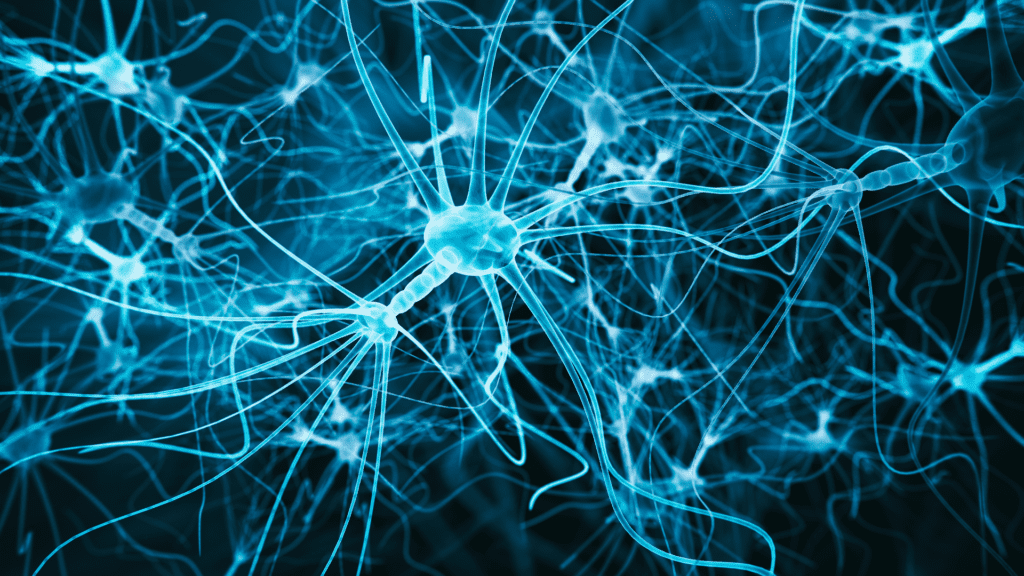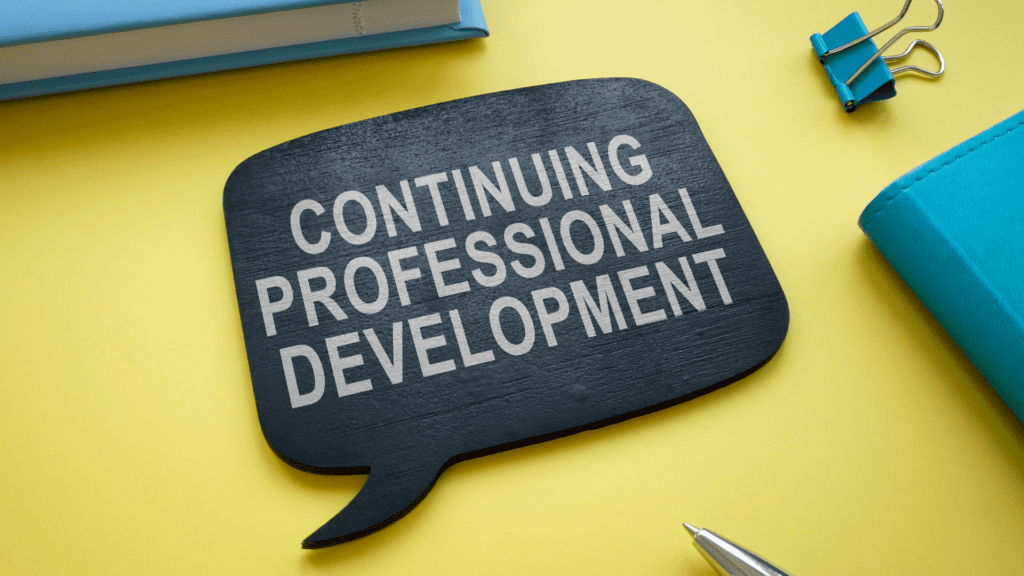The Science Behind Professional Development Ideas That Actually Work
Professional development ideas that actually work are grounded in neuroscience, leveraging the brain’s ability to adapt, learn, and evolve. While traditional career growth strategies focus on external skill acquisition, neuroscience reveals that sustainable professional development begins internally—with cognitive flexibility, emotional intelligence, and habit formation.
The human brain is a highly adaptable organ due to neuroplasticity, the process by which neural pathways reorganize in response to learning and experience. This adaptability allows professionals to strengthen problem-solving abilities, enhance leadership skills, and improve overall cognitive performance. However, not all professional development strategies align with how the brain processes information, making it crucial to adopt techniques that drive lasting change.
By incorporating neuroscience-backed strategies, individuals can optimize decision-making, boost productivity, and foster emotional resilience—critical factors for long-term career success. Whether seeking a leadership role, striving for better work-life balance, or aiming to improve problem-solving skills, understanding the science behind learning and behavior change is essential.
This guide explores professional development ideas that actually work by applying cutting-edge brain science to career growth. Rather than relying on outdated self-improvement techniques, these strategies harness neuroplasticity, cognitive enhancement, and behavioral reinforcement to maximize personal and professional success.
The Role of Emotional Intelligence in Professional Development and Success
Emotional intelligence (EQ) is a fundamental skill for navigating the complexities of the workplace and a key aspect for managing emotions. It involves the ability to recognize, understand, and regulate emotions—both in oneself and in others. Research consistently shows that EQ is a stronger predictor of professional success than technical skills or IQ alone, making it a critical component of professional development concepts that truly drive career growth.
The modern workplace is evolving rapidly, with increasing emphasis on collaboration, adaptability, and leadership. Professionals with high emotional intelligence are better equipped to manage interpersonal dynamics, make thoughtful decisions under pressure, and foster positive work environments. This skill is especially crucial in leadership roles, where emotional awareness directly influences team motivation, conflict resolution, and overall organizational culture.

Key Components of Emotional Intelligence in Professional Development Principles
Developing emotional intelligence is a lifelong process, but it starts with mastering its four key components:
- Self-Awareness: The foundation of EQ, self-awareness is the ability to recognize and understand your emotions, as well as their impact on your behavior and decision-making. Professionals with high self-awareness can identify their strengths, acknowledge their weaknesses, and manage their reactions more effectively.
- Self-Regulation: This involves managing emotional responses constructively, avoiding impulsive reactions, and staying calm under pressure. It enables professionals to navigate high-stakes situations with composure and strategic thinking.
- Empathy: Recognizing and understanding the emotions of others is crucial for building meaningful professional relationships. Empathy enhances teamwork, strengthens negotiation skills, and allows leaders to create more inclusive and supportive work environments.
- Social Skills: Emotional intelligence extends to how effectively individuals interact with others. Strong social skills enable professionals to communicate persuasively, resolve conflicts with diplomacy, and cultivate collaborative relationships that drive success.
Applying Neuroscience to Strengthen Emotional Intelligence
Advancements in neuroscience reveal that emotional intelligence is not a fixed trait but a trainable skill. By leveraging neuroplasticity—the brain’s ability to rewire itself through experience and practice—individuals can actively improve their EQ and enhance their ability to process and regulate emotions.
Here are some science-backed professional development ideas to strengthen emotional intelligence:
- Deep Listening and Active Communication: The prefrontal cortex, responsible for higher-order thinking and decision-making, is activated when individuals engage in deep listening. Practicing mindful listening—where you focus entirely on the speaker without formulating a response in your mind—can significantly enhance emotional awareness and communication effectiveness.
- Regular Self-Reflection: Journaling, meditation, or cognitive behavioral exercises can help increase awareness of emotional triggers and recurring thought patterns. These practices strengthen the brain’s ability to regulate emotional responses and cultivate a more balanced mindset.
- Cognitive Reframing and Emotional Regulation: Neuroscience shows that emotions are largely shaped by cognitive interpretations. By consciously reframing negative thoughts and replacing them with constructive perspectives, individuals can reduce stress and make better decisions. Techniques such as breathwork, visualization, and grounding exercises help regulate the nervous system and improve emotional resilience.
- Developing Emotional Agility: Emotional agility is the ability to navigate complex emotions without becoming overwhelmed. It involves accepting emotions without judgment and using them as data to guide behavior. By training the brain to sit with discomfort rather than react impulsively, professionals can develop a more thoughtful and strategic approach to workplace challenges.
Neuroplasticity as a Tool for Career Advancement
Harnessing neuroplasticity for continuous learning doesn’t just improve knowledge retention—it also fosters resilience, adaptability, and long-term professional growth. The most successful professionals are those who embrace learning as an ongoing process, constantly refining their cognitive abilities and expanding their expertise.
Professional development considerations grounded in neuroplasticity offer a powerful way to accelerate career advancement. Research shows that the brain’s ability to adapt and rewire itself strengthens with intentional engagement in new challenges, making learning not only more effective but also more sustainable. This means that professionals who actively seek out diverse learning opportunities—whether through skill-building exercises, professional mentorship, or interdisciplinary exposure—enhance their cognitive agility and future-proof their careers.
By applying neuroscience-backed techniques, individuals can accelerate skill acquisition, retain crucial information more effectively, and develop a mindset that thrives on challenge and innovation. When it comes to career progression, professional development techniques rooted in neuroplasticity don’t just improve knowledge retention—they shape how individuals approach problem-solving, leadership, and adaptability in high-stakes environments.
In today’s fast-paced work landscape, staying relevant requires more than just accumulating knowledge; it demands a deep commitment to cognitive evolution. With the right strategies, professionals can leverage neuroplasticity to sharpen their thinking, master new disciplines, and confidently navigate the ever-changing demands of their industries.

Harnessing Neuroplasticity for Continuous Learning
The ability to acquire and retain new knowledge is fundamental to professional development and a key factor in all personal development ideas. Neuroscience reveals that the brain’s capacity to learn is not fixed; rather, it evolves through intentional practice, cognitive engagement, and exposure to new experiences. This phenomenon, known as neuroplasticity, allows individuals to reshape neural pathways, making learning more efficient and long-lasting. When leveraged correctly, neuroplasticity becomes one of the most powerful personal development ideas for sustaining career growth and adapting to an ever-changing professional landscape.
Research shows that high-achieving professionals continuously refine their cognitive abilities by embracing challenges, stepping outside of their comfort zones, and integrating brain-boosting learning techniques. Unlike passive learning, which often leads to fleeting retention, neuroscience-backed methods help individuals absorb information more effectively, reinforcing skills that drive career success.
Optimizing Learning with Neuroscience-Based Techniques
The brain thrives on active engagement, strategic repetition, and multi-sensory learning. By applying evidence-based strategies, individuals can improve knowledge retention, enhance problem-solving skills, and increase cognitive agility.
Spaced Repetition: Reinforcing Memory for Long-Term Retention
Spaced repetition is one of the most effective ways to strengthen memory consolidation. Instead of cramming information in a single sitting, revisiting material at increasing intervals helps reinforce neural connections. This technique aligns with the brain’s natural forgetting curve, ensuring that new knowledge is retained over time. Professionals can integrate spaced repetition into their learning routines through digital flashcards, structured review sessions, and periodic self-assessments.
Interleaving Practice: Enhancing Cognitive Adaptability
Traditional learning methods often focus on mastering one skill before moving on to the next. However, neuroscience suggests that interleaving practice, or mixing different topics or skills within training sessions, enhances cognitive flexibility. By alternating between subjects or skill sets, the brain is forced to retrieve and apply information in varied contexts, leading to deeper comprehension and adaptability—two key components of effective personal development ideas.
Engagement Through Active Learning: Applying Professional Development Ideas in Real-World Scenarios
Neuroscience confirms that hands-on learning—where individuals actively apply concepts rather than passively consume information—leads to higher retention rates. This is because experiential learning strengthens the neural circuits responsible for problem-solving, decision-making, and creativity. Professionals can optimize their learning by engaging in real-world applications such as:
- Teaching the material to others – The act of explaining complex concepts reinforces understanding and highlights knowledge gaps.
- Simulating real-life scenarios – Role-playing workplace situations, problem-solving exercises, and project-based learning enhance cognitive adaptability.
- Journaling insights and reflections – Writing about newly acquired knowledge strengthens memory encoding and long-term retention.
Neuroplasticity as a Tool for Career Advancement
Harnessing neuroplasticity for continuous learning doesn’t just improve knowledge retention—it also fosters resilience, adaptability, and long-term professional growth. The most successful professionals are those who embrace learning as an ongoing process, constantly refining their cognitive abilities and expanding their expertise.
By applying neuroscience-backed techniques, individuals can accelerate skill acquisition, retain crucial information more effectively, and develop a mindset that thrives on challenge and innovation. When it comes to career progression, continuous learning is not just an advantage—it’s a necessity.
Overcoming Workplace Stress and Burnout
Chronic stress is one of the biggest obstacles to professional growth. When stress becomes a constant presence, it rewires the brain, particularly the prefrontal cortex, which is responsible for decision-making, emotional regulation, and problem-solving. Prolonged stress also increases the activity of the amygdala, the brain’s fear center, making individuals more reactive and less adaptable to change. In the context of professional development ideas, integrating neuroscience-backed stress management techniques is essential for optimizing cognitive performance, sustaining motivation, and fostering long-term success.
Rather than viewing stress as an unavoidable byproduct of ambition, forward-thinking professionals recognize that managing stress is just as critical as developing new skills. Neuroscientific research shows that high-achieving individuals who implement proactive stress-reduction strategies experience higher productivity, greater creativity, and stronger workplace relationships. By incorporating professional development ideas that emphasize mental resilience, professionals can prevent burnout and maintain peak performance.
Techniques for managing workplace stress include:
- Cognitive reappraisal – Shifting perspective on challenges to reframe them as opportunities, rather than threats. This rewires the brain’s default stress response and enhances resilience.
- Physical activity – Regular exercise promotes neurogenesis (the growth of new brain cells) and regulates stress-related hormones, improving focus and emotional stability.
- Restorative sleep – Prioritizing quality sleep enhances cognitive performance, boosts memory retention, and supports long-term emotional well-being.
- Mindfulness and meditation – Practicing mindfulness strengthens the brain’s ability to manage stress by reducing activity in the amygdala and increasing gray matter density in areas responsible for self-awareness and emotional control.
- Strategic work-life balance – Neuroscience suggests that true recovery from stress requires more than just time off—it requires engaging in activities that activate the brain’s reward system, such as creative pursuits, nature exposure, and social connection.
The most effective professional development ideas recognize that cognitive endurance is just as important as intelligence or technical expertise. When professionals implement brain-based stress reduction strategies, they strengthen their ability to adapt, innovate, and lead with clarity—ensuring their long-term career success without compromising mental well-being.
While understanding the science behind professional development is crucial, true growth comes from practical application through strategic ideas for professional development activities that align with how the brain naturally learns and retains information.

Decision-Making and Risk-Taking in Professional Development
Effective decision-making is crucial for career success. Research in neuroscience indicates that decision-making is influenced by emotional and cognitive processes, often leading to unconscious biases that can hinder professional growth.
Ways to improve decision-making include:
- Developing awareness of cognitive biases that impact choices
- Strengthening analytical thinking through structured problem-solving techniques
- Practicing mindfulness to enhance clarity and reduce impulsivity
Risk-taking is also a key factor in professional development. Many high achievers exhibit a strong ability to balance calculated risks with strategic planning. Training the brain to become more comfortable with uncertainty can unlock greater professional opportunities.
The Role of Mentorship and Coaching in Professional Growth
Neuroscience highlights the importance of social learning and its role in professional development. Having a mentor or coach provides guidance, accountability, and valuable insights that accelerate career progression.
Key benefits of mentorship and coaching include:
- Increased motivation: Regular feedback reinforces goal-setting and progress tracking
- Perspective shifts: Exposure to different experiences broadens cognitive frameworks
- Enhanced adaptability: Learning from others helps professionals navigate career transitions
Engaging in mentorship relationships supports neuroplasticity by reinforcing positive learning patterns and cognitive adaptability.
Building Habits for Long-Term Professional Development
Sustainable professional growth requires more than short-term learning—it necessitates behavioral change. Neuroscience shows that habits are formed through repeated behaviors that strengthen neural connections.
Strategies for building professional development habits include:
- Micro-habits: Implementing small, manageable changes that compound over time
- Accountability systems: Using habit-tracking tools or mentors to reinforce consistency
- Positive reinforcement: Rewarding progress to create motivation for long-term commitment
By understanding how the brain forms and maintains habits, professionals can develop sustainable growth strategies that yield lasting success.

Moving Toward a More Intentional Professional Future
Professional developmentt is not just about acquiring new skills—it is about rewiring the brain to adapt, innovate, and thrive. Neuroscience-backed strategies provide a framework for meaningful career growth that is both sustainable and transformative.
When I work with executives, high-stakes traders, and professionals navigating demanding environments, the focus is often on optimizing decision-making under pressure, strengthening cognitive agility, and fostering resilience. These individuals must process vast amounts of information, adapt quickly to shifting circumstances, and maintain peak performance while managing stress. By integrating neuroscience-backed strategies, they learn to regulate their nervous systems, enhance problem-solving abilities, and sustain long-term mental endurance—critical skills for thriving in high-intensity careers.
At the same time, I apply these same principles when working with individuals in the early stages of their careers, those transitioning between industries, or professionals who feel stuck in patterns of self-doubt and stagnation. For them, professional development is not just about skill-building but about retraining the brain to embrace growth, manage uncertainty, and develop a mindset that fosters long-term career fulfillment.
Whether through cognitive flexibility, emotional intelligence, stress management, or decision-making strategies, neuroscience offers a practical and science-driven approach to development—one that adapts to the individual’s unique career path, aspirations, and challenges.
By integrating these insights into daily professional life, individuals at all career levels—whether seasoned leaders or professionals just beginning their journey—can cultivate a path that is not only fulfilling but also optimized for long-term success.
Professional development is not just about acquiring new skills—it is about rewiring the brain to adapt, innovate, and thrive. Neuroscience-backed strategies provide a framework for meaningful career growth that is both sustainable and transformative.
Whether through cognitive flexibility, emotional intelligence, stress management, or decision-making strategies, the application of neuroscience ensures that personal and professional development is both practical and long-lasting.
By integrating these insights into daily professional life, individuals can cultivate a career path that is not only fulfilling but also optimized for long-term success.
#ProfessionalDevelopment #CareerGrowth #Neuroscience #LeadershipSkills #WorkplaceSuccess #EmotionalIntelligence #CognitiveFlexibility #BrainOptimization #ContinuousLearning #ProductivityTips



